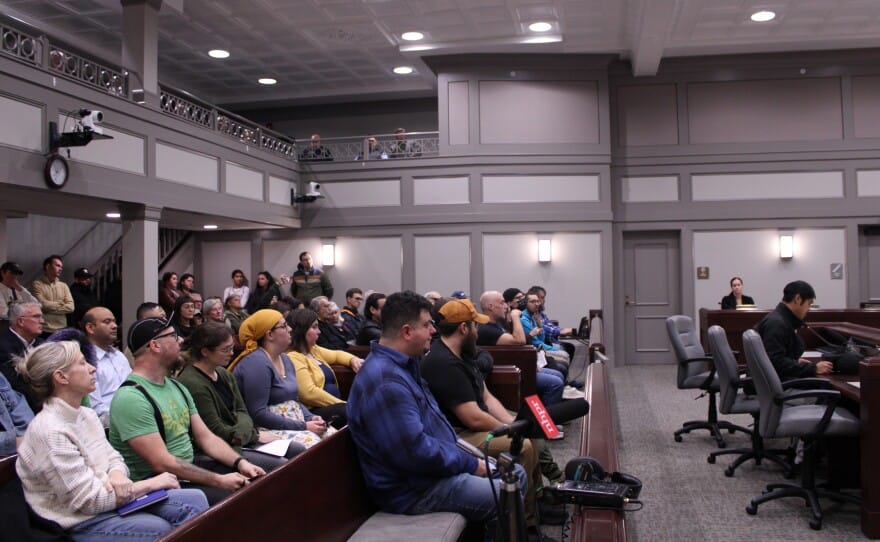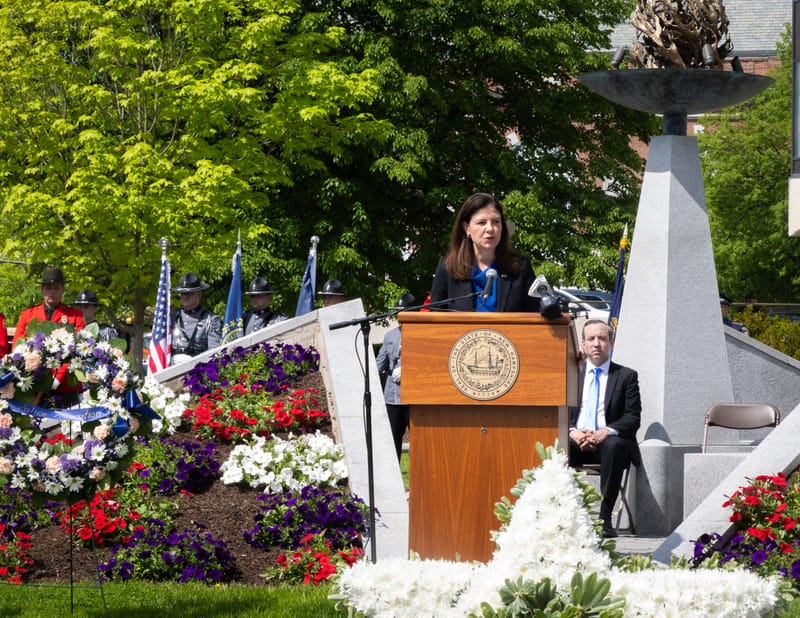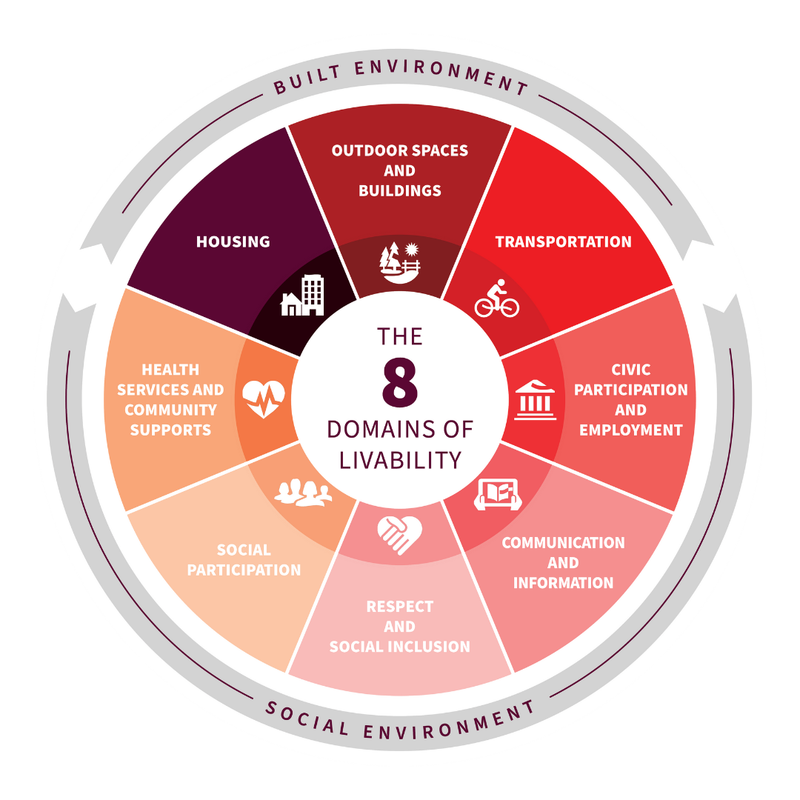Rent stabilization and the housing crisis
With the need for more affordable housing (defined as no more than 30% of gross income for housing costs, including utilities) there are many possible solutions on the table.

O P I N I O N
FORWARD FOCUS
By Brian Chicoine

The housing crisis (or lack of affordable housing) has taken center-stage on the national level, and right here in New Hampshire, (Manchester included). The severe lack of a diverse rental and for-sale housing inventory has made the situation worse. In fact, According to New Hampshire Housing, the current statewide vacancy rate for a 2-bedroom is 0.6% and the waiting list for those who need a housing choice voucher, (aka Section 8), from the Manchester Housing and Redevelopment Authority is 3 years.
According to Zillow, the median rent in Manchester is currently $1,900 per month while median income is currently $74,040. Because of this, the average family would have to gross more than $76,000 per year to afford a two-bedroom apartment. Based on the median salary, many families are paying over 30% of their gross income for housing, (not including utilities). It is very difficult to manage a household budget if one is paying more than 30% of their gross income on housing (including utilities). In fact, many financial institutions use the 30% figure when looking at one’s personal finances. And of course, when looking at an apartment, many landlords want applicants to have a gross salary equal to three-times the monthly rent to even qualify for the rental.
With the need for more affordable housing (defined as no more than 30% of gross income for housing costs, including utilities) there are many possible solutions on the table. These include the constructing of more affordable units, which is happening in Manchester (along with “market rate” housing). In addition to more units, there is something that many, especially those who are politically right of center, usually claim is another liberal item that will cause taxes to go up. That of course is some sort of cost management program for rentals. Commonly known as “rent control” or “rent stabilization.” Rent control has been made famous by New York City as they have one of the most comprehensive rent control systems in the United States. I decided to put forth some information on rental cost management programs and think that it may be something to explore here (in some form).
Understanding Rent Control vs. Rent Stabilization

When discussing affordable housing solutions, the terms “rent control” and “rent stabilization” are often used interchangeably. However, they are distinct concepts with important differences, particularly in how they regulate rental prices and address housing needs.
Rent Control typically refers to laws that set strict limits on how much landlords can charge for rent and, in some cases, restrict landlords from increasing rent between tenants. Rent control laws tend to apply to older buildings or those constructed before a certain date, and the restrictions can be quite stringent, making rent increases either infrequent or minimal. Rent control can also limit the ability of landlords to evict tenants without cause. This system has been used historically in cities with long-standing housing crises, such as New York City, where rent-controlled apartments are a valuable resource.
Rent Stabilization, on the other hand, is a more flexible and often less restrictive version of rent control. Rent stabilization laws typically apply to newer buildings or a broader range of rental units and are designed to allow for moderate rent increases over time. Unlike rent control, which often freezes rent rates entirely, rent stabilization permits periodic adjustments based on inflation or other economic factors, albeit within a regulated framework. Rent stabilization provides a balance between protecting tenants from excessive rent hikes while allowing landlords to earn a reasonable return on their property. I personally favor rent stabilization as it is more flexible for landlords and keeps costs within reason for renters (usually around 30% of gross income).
Both systems aim to ensure affordable housing, but rent stabilization is generally considered a more sustainable and less disruptive policy compared to rent control, which can discourage investment in rental properties. This article will focus on the benefits of rent stabilization and highlight how public-private partnerships are playing a key role in fostering its success.

The Growing Need for Rent Stabilization
In urban areas around the world, affordable housing is increasingly difficult to find. A combination of factors, including rising property values, stagnating wages, and rapid urbanization, has led to a growing crisis in many cities, particularly in high-demand metropolitan areas. Without intervention, many lower- and middle-income residents face displacement as landlords raise rents to match market prices, often beyond what families can afford.
Rent stabilization offers a proven way to address these challenges by providing long-term security to tenants while still incentivizing private landlords to maintain and invest in their properties. It helps create a more balanced rental market, where neither tenants or landlords are at an unfair disadvantage. The benefits of rent stabilization are numerous, and they extend not just to renters but also to cities, landlords, and communities at large.
Key Benefits of Rent Stabilization
1. Promotes Housing Affordability
The most obvious benefit of rent stabilization is its role in keeping housing affordable for renters. In cities where demand far exceeds supply, rent prices can escalate rapidly, leaving many people priced out of their homes. Rent stabilization ensures that rent increases are capped, typically at a rate tied to inflation or the cost of living. This allows tenants to remain in their homes for longer periods without fear of being displaced due to exorbitant rent hikes.
For instance, in New York City, rent-stabilized apartments provide affordable housing for hundreds of thousands of low- and middle-income tenants. Without rent stabilization laws, many of these tenants would likely be forced to move to more distant, less desirable neighborhoods or face homelessness.
Rent stabilization also helps prevent gentrification, which often leads to the displacement of long-term residents. As neighborhoods gentrify, rent prices can increase sharply, forcing low-income families to leave their homes. By maintaining rent increases within reasonable limits, rent stabilization helps preserve the socio-economic diversity of communities.
2. Stabilizes Communities and Neighborhoods
Rent stabilization contributes to greater community stability by enabling residents to stay in their homes for extended periods. Stability is essential for families, particularly for children, as it provides continuity in their education, social relationships, and overall sense of security. Neighborhoods with high turnover rates can experience social disruption and a decline in community engagement, as residents are constantly coming and going.
When people can afford to remain in the same neighborhood, they are more likely to invest in their homes, businesses, and local infrastructure. This can lead to stronger community ties and greater investment in the public good. Stabilized communities are often healthier and more resilient, as residents take pride in their surroundings and are more likely to work together to address local challenges.
3. Provides Financial Security to Renters
The financial stability that comes with rent stabilization is crucial for families, particularly those with low and moderate incomes. Many renters spend a significant portion of their income on housing, and unpredictable rent increases can strain household budgets. By limiting how much landlords can raise rents, rent stabilization allows renters to plan their finances with more certainty.
This financial security can have far-reaching effects on a household’s well-being. It reduces the likelihood that tenants will have to choose between paying rent and other essential needs, such as healthcare, food, or education. For example, in cities like San Francisco and Los Angeles, where rent costs can represent half or more of a household’s income, rent stabilization provides a crucial lifeline.
4. Encourages Long-Term Investment in Properties
One of the common criticisms of rent control is that it discourages property owners from maintaining and upgrading their buildings, due to the limited returns they can expect from rent-restricted units. Rent stabilization, however, strikes a more equitable balance by allowing moderate rent increases that provide landlords with a reasonable return on their investment while still protecting tenants from excessive rent hikes.
With the financial certainty of predictable rent increases, landlords are more likely to invest in property maintenance, upgrades, and repairs. This helps to ensure that buildings remain habitable and attractive to tenants, and it can prevent the deterioration of older housing stock. In the absence of rent stabilization, some landlords may neglect maintenance, as they may view tenants as transient and expect to raise rents or sell the property in the future.
Additionally, landlords who can plan for modest rent increases are often more willing to enter into long-term lease agreements, which benefits both parties. Renters can enjoy long-term security, while landlords have a predictable and stable income stream.
Public-Private Partnerships: A Key to Success
Rent stabilization is not a one-size-fits-all solution, and it often requires collaboration between the public and private sectors to be fully effective. Public-private partnerships (PPPs) have been instrumental in creating balanced and sustainable housing markets where rent stabilization can thrive. These partnerships leverage the strengths of both the public and private sectors, resulting in policies and initiatives that benefit both tenants and landlords.
1. Government Support for Landlords
One of the challenges that private landlords face in rent-stabilized markets is the potential for lower profit margins due to limited rent increases. However, government support through tax incentives, grants, and low-interest loans can help make up for these financial limitations. For instance, cities may provide subsidies for landlords who agree to rent stabilization in exchange for maintaining affordable rents or providing low-income housing options.
A successful example of this is the Low-Income Housing Tax Credit (LIHTC) program in the United States. The program incentivizes private developers to build and maintain affordable housing, including rent-stabilized units. By offering tax credits in exchange for providing affordable rents, the government can ensure that landlords are still able to cover their costs and earn a profit while contributing to the overall goal of housing affordability.
2. Incentivizing New Construction
In addition to rent stabilization, public-private partnerships can encourage new housing construction to increase supply and help address the housing shortage. By providing developers with subsidies or other incentives, municipalities can encourage the development of affordable rental properties, including those subject to rent stabilization.
For example, in cities like Berlin and Paris, public-private partnerships have been used to finance large-scale affordable housing projects. These projects often incorporate rent stabilization as a way to keep rents within reach of local residents. Such initiatives not only increase the housing supply but also help ensure that new housing is accessible to those who need it most.
3. Protecting Vulnerable Populations
Rent stabilization can be particularly beneficial for vulnerable populations, including seniors, people with disabilities, and families with young children. Public-private partnerships can play a key role in protecting these groups by ensuring that rent stabilization policies are effectively implemented and enforced.
For example, in cities like Los Angeles, nonprofits and private developers have worked with local governments to create affordable housing specifically for seniors. By combining rent stabilization with supportive services, these partnerships create environments where older residents can age in place without fear of eviction due to unaffordable rent increases.
Conclusion: A Sustainable Housing Future

Rent stabilization provides an essential tool for creating affordable housing and stabilizing communities in cities with high demand for rental properties. By promoting affordability, financial security, and community stability, rent stabilization benefits tenants, landlords, and local economies alike. Moreover, when implemented alongside effective public-private partnerships, it can address the complex challenges of housing affordability, benefiting a broad range of stakeholders.
The role of the public and private sectors in rent stabilization is crucial for its success. Public support, in the form of subsidies, incentives, and partnerships, ensures that landlords can continue to maintain and improve their properties while still providing affordable rents. By fostering collaboration between these sectors, cities can create housing policies that are both sustainable and equitable.
As the housing crisis continues to deepen in many urban areas, rent stabilization offers a pragmatic solution for preserving affordable housing options and promoting greater stability for residents. By leveraging the strengths of public-private partnerships, cities can chart a path toward a more inclusive and affordable housing future for all.
I personally would like to see more developers embrace a rent stabilization model, (maybe with public-private partnerships). These types of programs do exist in NH – as well as here in Manchester – but they are not common.
As always, feel free to email your thoughts to me at bchicoinemht@gmail.com.





